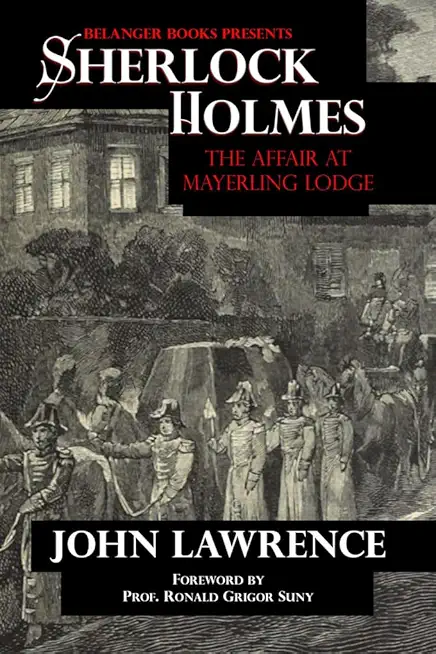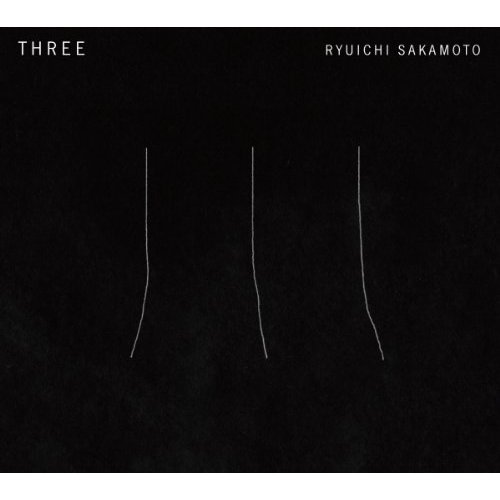
Lawrence, John
In the royal hunting lodge at Mayerling, just outside Vienna, the body of the Austrian Crown Prince Rudolf has been discovered in his locked bedroom. The single bullet wound, it appears, was caused by the recently discharged pistol that is still clutched in his hand. Unmentioned in the subsequent frenzied press coverage is that he was not alone at the time of his death. Next to him on the bed is his 17-year old mistress, the Baroness Mary Vetsera, also dead from a bullet to the head. The lovers have left suicide notes in their own handwriting.
The facts appear to leave little uncertainty about what transpired at the Mayerling Lodge: the tragedy is described as a "murder-suicide" or a "double suicide." And yet for a century and a half, doubts have remained - expressed in films, plays, television series and opera - about what actually happened the night of January 30, 1889.
Why, many have wondered, did Emperor Franz Joseph not enlist the services of the noted English detective Sherlock Holmes to investigate the death of the heir to the Hapsburg throne? In fact, Holmes was in Vienna at the request of the Emperor, although neither could have predicted the tragedy that was about to occur. In this newly discovered manuscript, John H. Watson, MD, reveals for the first time the integral - and until now - unheralded role of the world's first private consulting detective in solving "The Affair at Mayerling Lodge."
John Lawrence is a PhD historian, former aide in the US House of Representatives, and author of more than a dozen published Sherlock Holmes pastiches based on historical events. This is his first novel.







